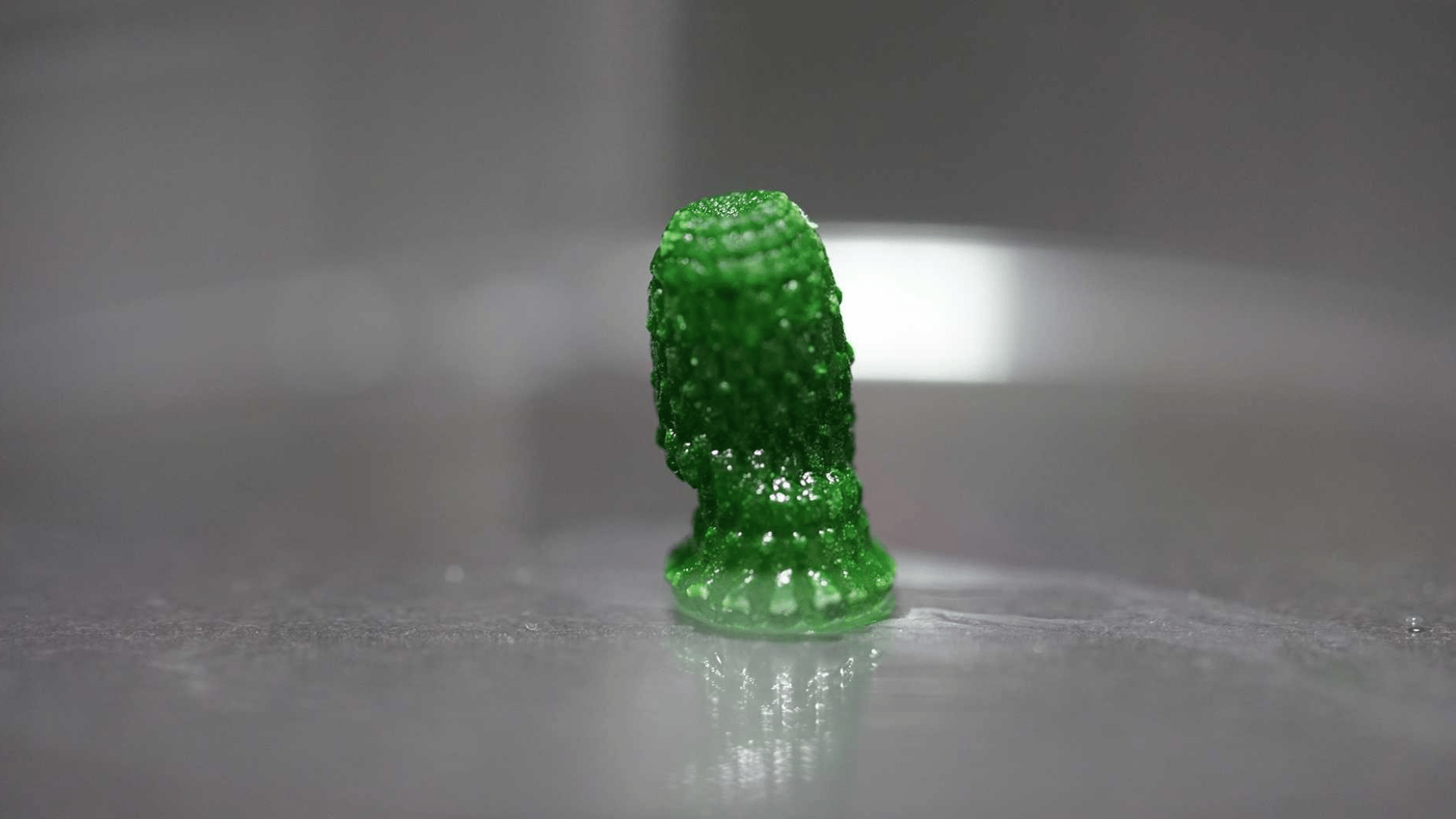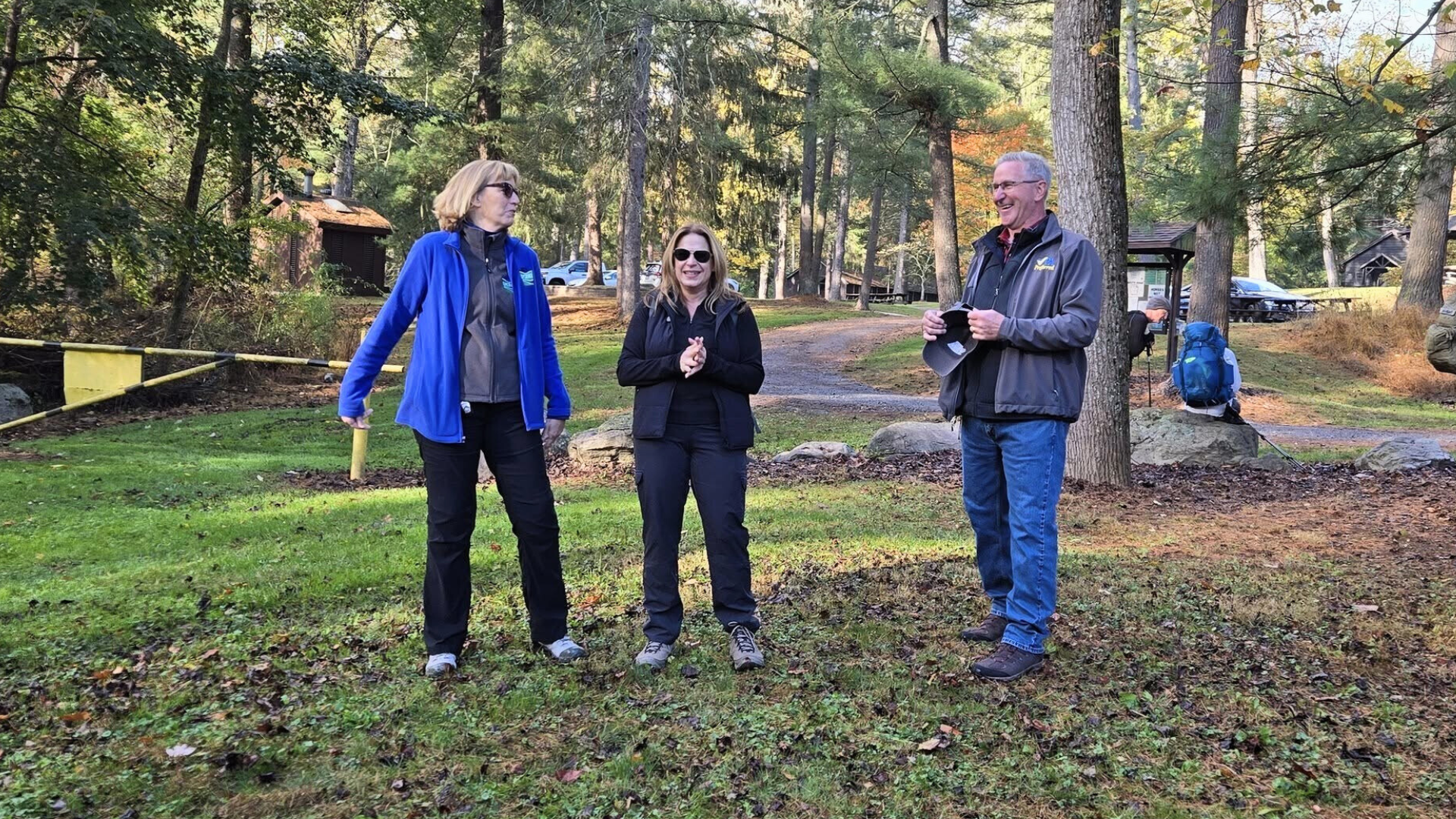Imagine a skyscraper that could suck carbon from the air through photosynthesis. Researchers at THE Zurich envision making that possible using new living materials with useful properties derived from microorganisms.
Living Materials Take a Natural Approach to Eliminating Carbon

Mark Tibbitt, Professor of Macromolecular Engineering at ETH Zurich, and his interdisciplinary team turned photosynthetic bacteria known as cyanobacteria into a printable gel. They developed a living, growing building material that absorbs carbon from the air using that gel.
Researchers can shape the material with 3D printing. The material only needs artificial seawater, readily available nutrients, and CO2 to grow.
“As a building material, it could help to store CO2 directly in buildings in the future,” Tibbitt said. According to the press release, the material is special because it absorbs more CO2 than it uses for organic growth. “This is because the material can store carbon not only in biomass, but also in the form of minerals – a special property of these cyanobacteria,” Tibbett added.
The researchers explain that cyanobacteria are among the oldest life forms and are highly efficient at photosynthesis. Additionally, cyanobacteria utilize even the weakest amount of sunlight to produce biomass from CO2 and water.
“At the same time, the bacteria change their chemical environment outside the cell as a result of photosynthesis, so that solid carbonates (such as lime) precipitate,” the press release states. “These minerals represent an additional carbon sink and – in contrast to biomass – store CO2 in a more stable form.”
A Living Building Block
The minerals are deposited inside the material and reinforce it mechanically. “We utilize this ability specifically in our material,” said Yifan Cui, one of the study’s two lead authors. It’s a practical side effect where the cyanobacteria slowly harden the initially soft structure.
Lab results show that the material continuously takes CO₂ from the air for over 400 days. Researchers say most of it is in mineral form, around 26 milligrams of CO2 per gram of material. They say this method collects and absorbs more carbon than many biological approaches, such as planting trees.
Lastly, they say it’s comparable to absorbing carbon with recycled concrete, which absorbs around 7 mg CO2 per gram.







